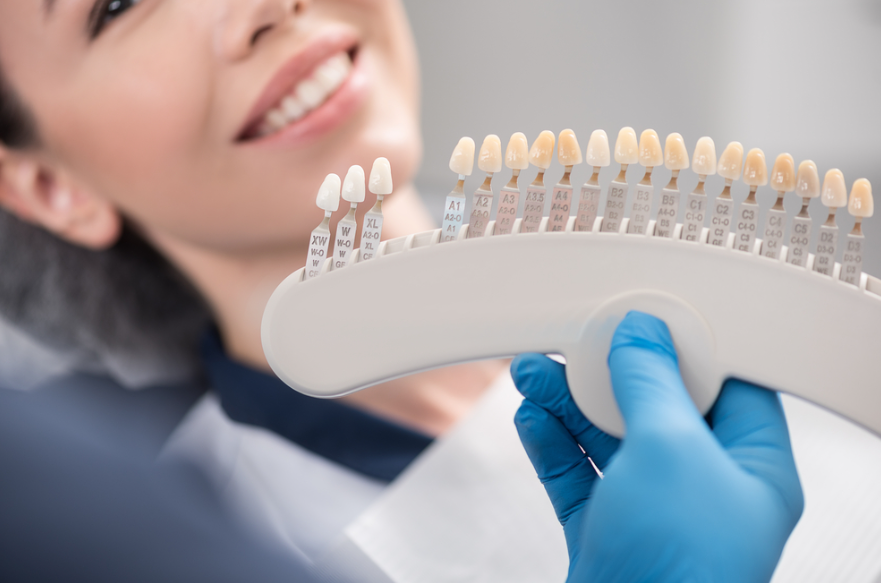Diagnosing and Treating Various Causes of Tooth Pain

Tooth pain is a common complaint that can range from mild discomfort to severe agony. It can be caused by a variety of dental issues, each requiring a specific approach for diagnosis and treatment. Understanding the potential causes of tooth pain and the appropriate interventions is crucial for both dental professionals and patients seeking relief.
Common Causes of Tooth Pain
1. Tooth Decay
Tooth decay, or dental caries, is one of the most prevalent causes of tooth pain. It occurs when bacteria in the mouth produce acids that erode the tooth enamel, eventually leading to cavities. Symptoms include sensitivity to hot, cold, or sweet foods and a persistent ache. Treatment typically involves the removal of decayed tissue and the placement of a filling.
2. Gum Disease
Gum disease, also known as periodontal disease, can result in tooth pain due to the inflammation and infection of the gums. In its early stages, known as gingivitis, symptoms may include red, swollen gums that bleed easily. If left untreated, it can progress to periodontitis, where the gums pull away from the teeth, potentially causing tooth loss. Treatment ranges from improved oral hygiene and professional cleanings to more advanced procedures such as scaling and root planing.
3. Tooth Abscess
A tooth abscess is a pocket of pus caused by a bacterial infection. It can occur at the root of a tooth or in the gums and is often accompanied by severe pain, swelling, and fever. Immediate dental treatment is necessary to drain the abscess and eliminate the infection. Antibiotics may also be prescribed to manage the infection.
4. Tooth Fracture
Fractured teeth can result from trauma, biting on hard objects, or grinding. The fracture can expose the tooth’s inner layers, causing sensitivity and pain. Treatment depends on the severity of the fracture and may include bonding, crowns, or root canal therapy if the pulp is affected.
5. Impacted Wisdom Teeth
Impacted wisdom teeth can cause significant pain as they attempt to erupt through the gums. This can lead to swelling, infection, and discomfort. In many cases, removal of the wisdom teeth is recommended to alleviate pain and prevent further complications.
Approaches to Diagnosis
Accurate diagnosis of the underlying cause of tooth pain is essential for effective treatment. Dental professionals employ several diagnostic tools, including:
- Clinical Examination: A thorough examination of the teeth, gums, and oral cavity to identify visible signs of decay, damage, or infection.
- Dental X-rays: Radiographic images that help visualize the internal structures of teeth and detect hidden issues such as abscesses or fractures.
- Patient History: Gathering information about the patient’s symptoms, dental history, and any recent trauma or changes in oral hygiene habits.
Treatment Options
Treatment for tooth pain varies based on the diagnosis. Here are some common treatment options:
- Fillings: Used to repair cavities and restore the integrity of the tooth.
- Root Canal Therapy: Involves removing the infected pulp from the tooth and sealing it to prevent further infection.
- Tooth Extraction: Necessary when a tooth is severely damaged or impacted.
- Antibiotics: Prescribed to treat bacterial infections that cause abscesses or severe gum disease.
- Dental Crowns: Used to cover and protect a damaged tooth, restoring its shape and function.
For those experiencing Tooth pain Cypress, consulting with a dental professional is crucial to determine the cause and appropriate treatment plan. Timely intervention can prevent further complications and ensure optimal oral health.
Conclusion
Tooth pain can significantly impact quality of life, making it essential to seek prompt diagnosis and treatment. By understanding the various causes of tooth pain and the available treatment options, patients and dental professionals can work together to achieve effective pain relief and maintain oral health.

